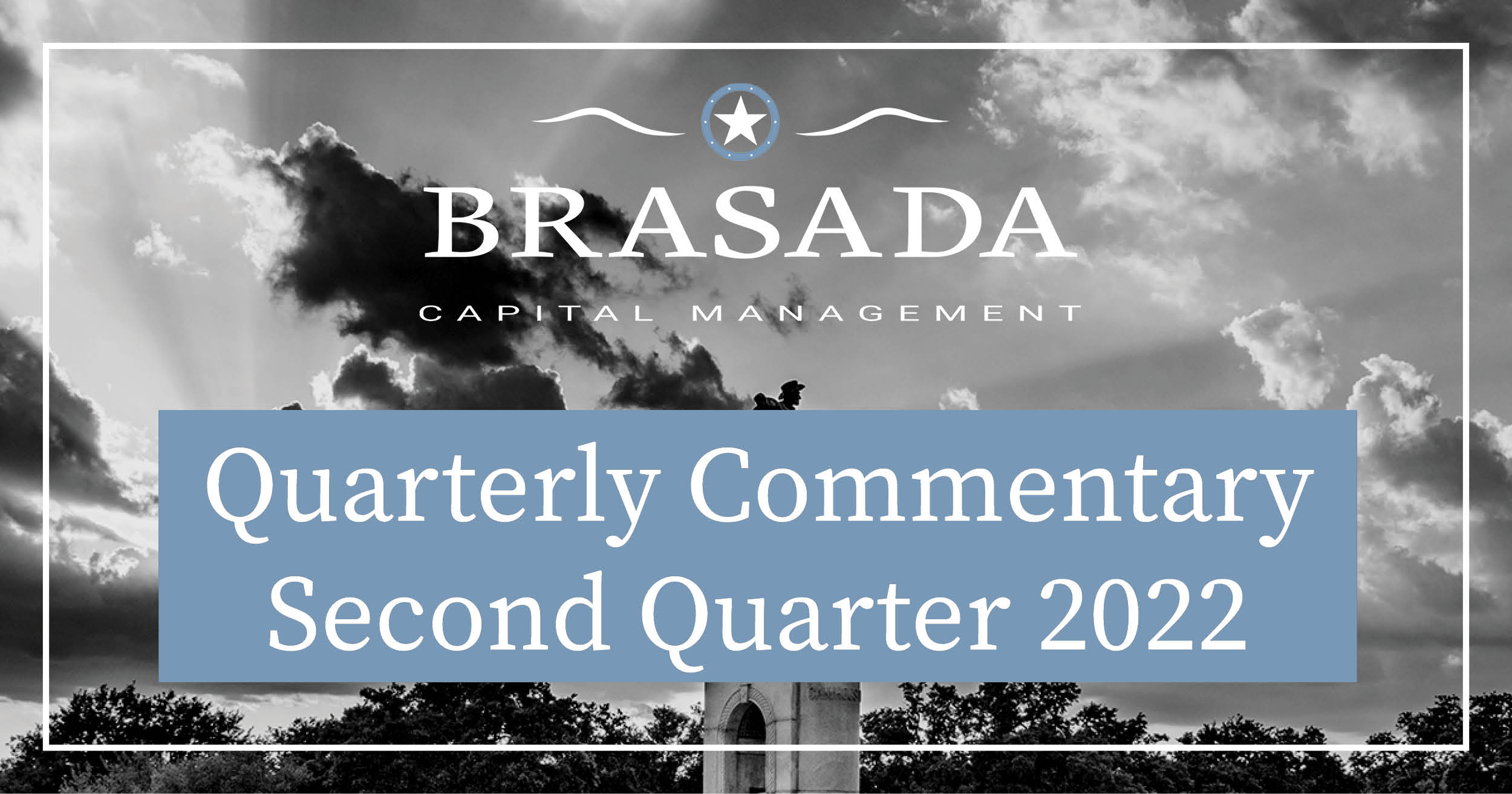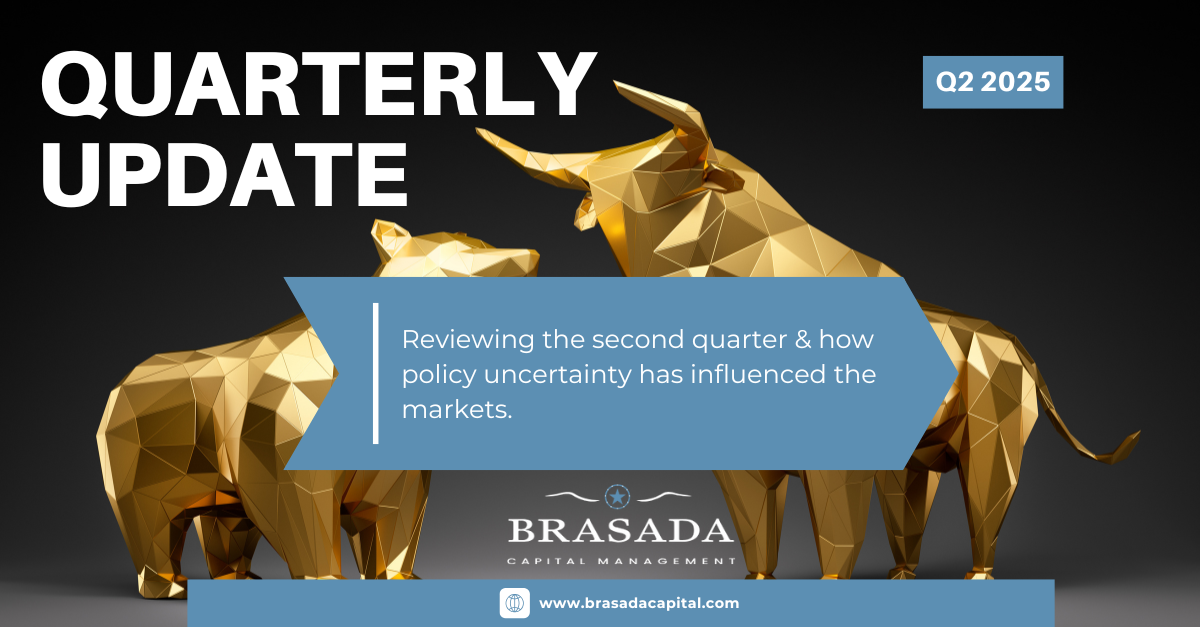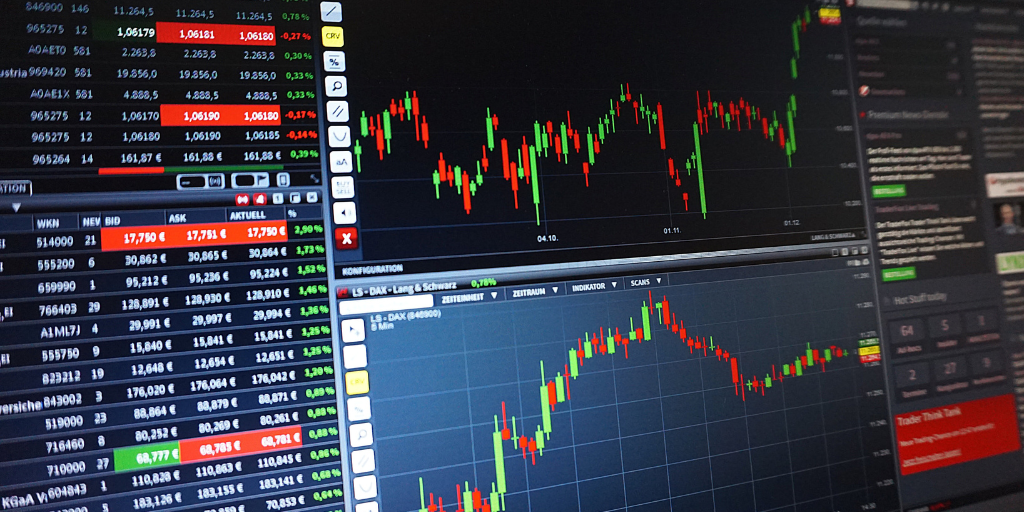Second Quarter of 2025
“Far more money has been lost by investors preparing for corrections or trying to anticipate corrections than has been lost in corrections...

2022 has been a brutal year for the global stock and bond markets. It is the worst start to the year for the S&P 500 since 1970. Rising interest rates, higher than expected inflation, government policy mistakes, fears of a recession, and the Russia / Ukraine war have all combined to lead us into a bear market for stocks.
The Federal Reserve underestimated the duration of inflation. They thought it was transitory, but that was clearly wrong. The Russia / Ukraine war has exacerbated the situation. Russia supplies about 10% of the world’s oil and almost 40% of Europe’s natural gas. Prices for oil and natural gas have increased in part due to the war.
The Federal Reserve has decided that inflation is enemy number one. Unfortunately, they only have tools designed to slow demand. They cannot fix supply chain issues, which are still a problem. They cannot increase the supply of gasoline and diesel, which are both limited by oil production and refinery capacity. They cannot increase the supply of housing, which has been under-built for years. The Fed is intent on raising interest rates to slow the economy and they are willing to push the economy into a recession if that’s what it takes to stop inflation. Their plan is beginning to work, but it will have consequences. For instance, 30-year mortgage rates have risen sharply from just over 3% at the beginning of the year to 5.3% today. This is having an immediate impact on the number of people that can afford a home. Ultimately, it will reduce home prices, housing starts, remodeling activity, and economic growth.

Copper prices are a good indicator of economic demand as it’s used in items such as buildings, cars, and electronics. Demand for copper has started to decline. This year copper prices have moved from a 10 year high to nearly a 2 year low. Here is a 10 year chart of copper prices from Bloomberg.


In December of 2021, the consensus was that the Federal Reserve would raise interest rates to 1% by year end. Today, expectations are that the Federal Reserve will raise interest rates to a range of 3.25% to 3.75% by year end. The economy is slowing and as the Fed continues to raise rates it will slow even more.
We are not market timers and we don’t know anyone who can successfully time the market. Bear markets are painful, and they are not something that can be avoided. They are something that you must accept as a long term investor. The market will eventually bottom, but we won’t know it has happened until two to three months afterwards. Keep in mind that the market is a discounting mechanism. It usually bottoms three to six months before the economy troughs. In 2020, the market hit its low on March 23rd well before the economy began to recover. By the end of May, the market was already up by 36% from the March 23rd low. Once it becomes clear that the low is established, the market will have already rebounded by a significant amount. In case you were wondering there have been five other instances when the S&P 500 has fallen by at least 15% in the first half of the year (1932, 1939, 1940, 1962, and 1970). The average return in the 2nd half of the year for those five years is 24%. The chart below from Strategas shows how long term returns can change if you miss some of the best days in the market.
 Source: Strategas
Source: Strategas
We expect the economy to slow further. We have made some changes to the stocks we own during the year to better position our strategies for a slowing economy. We also have a higher than normal allocation to cash, money market funds, and bond ETFs. We likely need to see several things happen before becoming more bullish. First, we expect a number companies to reduce their outlooks for 2022 on their Q2 or Q3 earnings calls. A lot of pessimism is already priced into stocks. We expect some to decline further on the changes in the outlook, but we also expect some will not decline and may even go up. When stocks go up on bad news it’s usually a good sign and sometimes marks the bottom for an individual stock. Next, it’s hard for markets to bottom when the Fed is raising rates. The market currently expects the Fed to finish raising rates in March of 2023, but we would not be surprised if they finish raising rates later this year. We want to be closer to the end of the tightening cycle before investing more funds into stocks.
The bear market has created many potential opportunities. There are a number of great companies that have sold off by a significant amount that we would like to own for the long term at the right price. We also think that our existing holdings are attractive at current prices. The companies we own have great management teams, strong balance sheets, and numerous competitive advantages. For our dividend strategies, we don’t expect any of the companies we own to cut their dividend and we think that most of them will in fact be able to raise their dividend. We are likely to invest more money into our existing holdings and in new ideas later this year.
Our private account strategies’ estimated performance net of fees for the first half of the year along with key indices are listed below:
As you know, the portfolios we build for you are customized, so your experience will typically be different than the composite averages. Our bond portfolios are also down for the year due to the rise in interest rates. The good news on the bond side is that we will be able to reinvest in higher yields when your bond maturities are put to work. We specialize in municipal bonds and, for the first time in a long time, are seeing yields that are attractive.
We appreciate the confidence you have placed in us and wish you the best.
Sincerely,
Jonathan Reichek, CFA
This quarterly update is being furnished by Brasada Capital Management, LP (“Brasada”) on a confidential basis and is intended solely for the use of the person to whom it is provided. It may not be modified, reproduced or redistributed in whole or in part without the prior written consent of Brasada. This document does not constitute an offer, solicitation or recommendation to sell or an offer to buy any securities, investment products or investment advisory services or to participate in any trading strategy.
The net performance results are stated net of all management fees and expenses and are estimated and unaudited. These returns reflect the reinvestment of any dividends and interest and include returns on any uninvested cash. In addition to management fees, the managed accounts will also bear its share of expenses and fees charged by underlying investments. The fees deducted herein represent the highest fee incurred by any managed account during the relevant period. Past performance is no guarantee of future results. Certain market and economic events having a positive impact on performance may not repeat themselves. The actual performance results experienced by an investor may vary significantly from the results shown or contemplated for a number of reasons, including, without limitation, changes in economic and market conditions.
References to indices or benchmarks are for informational and general comparative purposes only. There are significant differences between such indices and the investment program of the managed accounts. The managed accounts do not necessarily invest in all or any significant portion of the securities, industries or strategies represented by such indices and performance calculation may not be entirely comparable. Indices are unmanaged and have no fees or expenses. An investment cannot be made directly in an index and such index may reinvest dividends and income. References to indices do not suggest that the managed accounts will, or is likely to achieve returns, volatility or other results similar to such indices. Accordingly, comparing results shown to those of an index or
benchmark are subject to inherent limitations and may be of limited use.
Certain information contained herein constitutes forward looking statements and projections that are based on the current beliefs and assumptions of Brasada and on information currently available that Brasada believes to be reasonable. However, such statements necessarily involve risks, uncertainties and assumptions, and prospective investors may not put undue reliance on any of these statements. Due to various risks and uncertainties, actual events or results or the actual performance of any entity or transaction may differ materially from those reflected or contemplated in such forward-looking statements. The information contained herein is believed to be reliable but no representation, warranty or undertaking, expressed or implied, is given to the accuracy or completeness of such information by Brasada.

“Far more money has been lost by investors preparing for corrections or trying to anticipate corrections than has been lost in corrections...

UNDERSTANDING TARIFFS: ECONOMIC IMPACT, RATIONALE AND CONTROVERSIES

Market Selloff Dear Clients and Friends, Thursday and Friday marked the 4th time in the last 50 years when the S&P 500 had a 2-day drop of over...